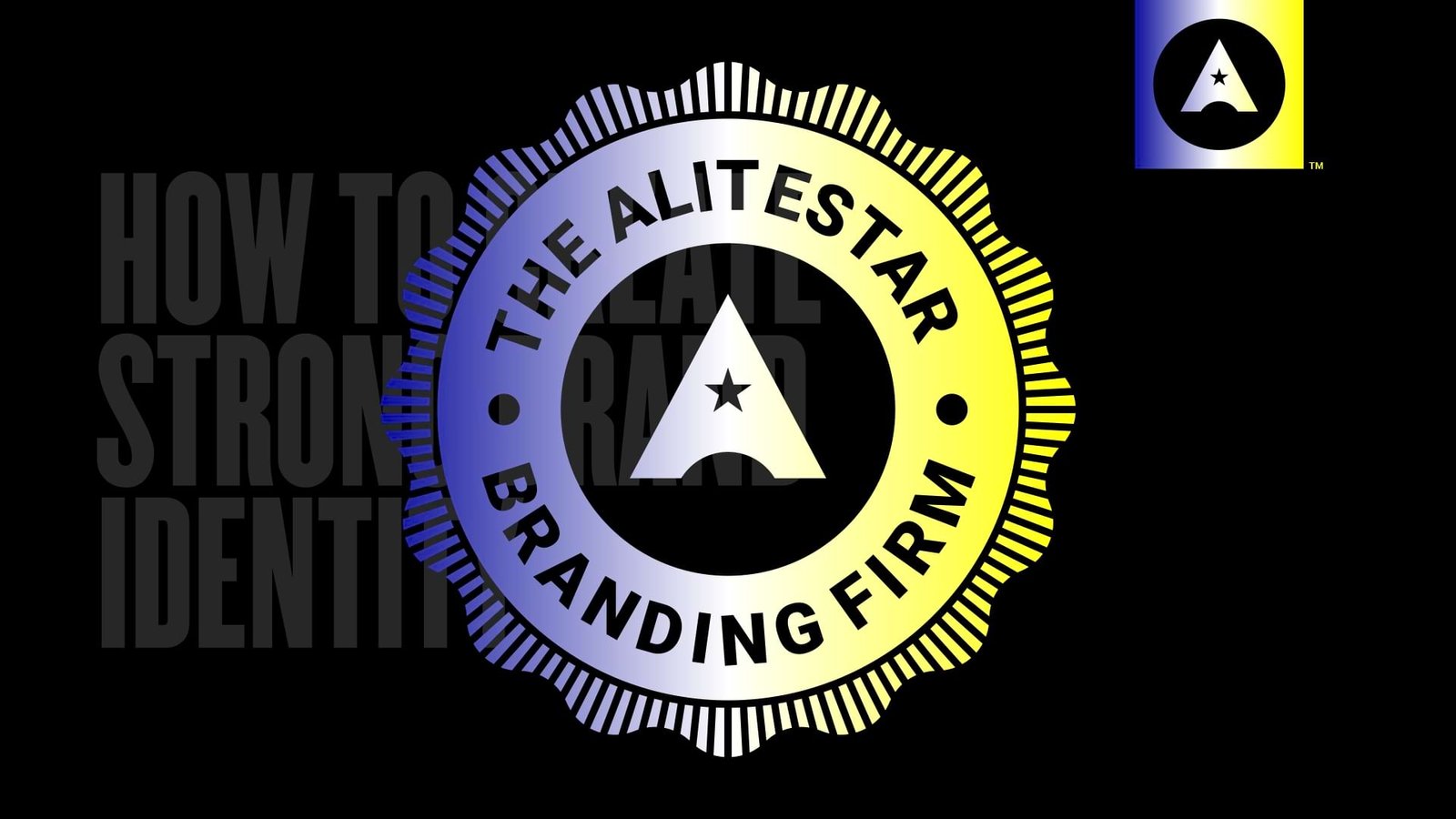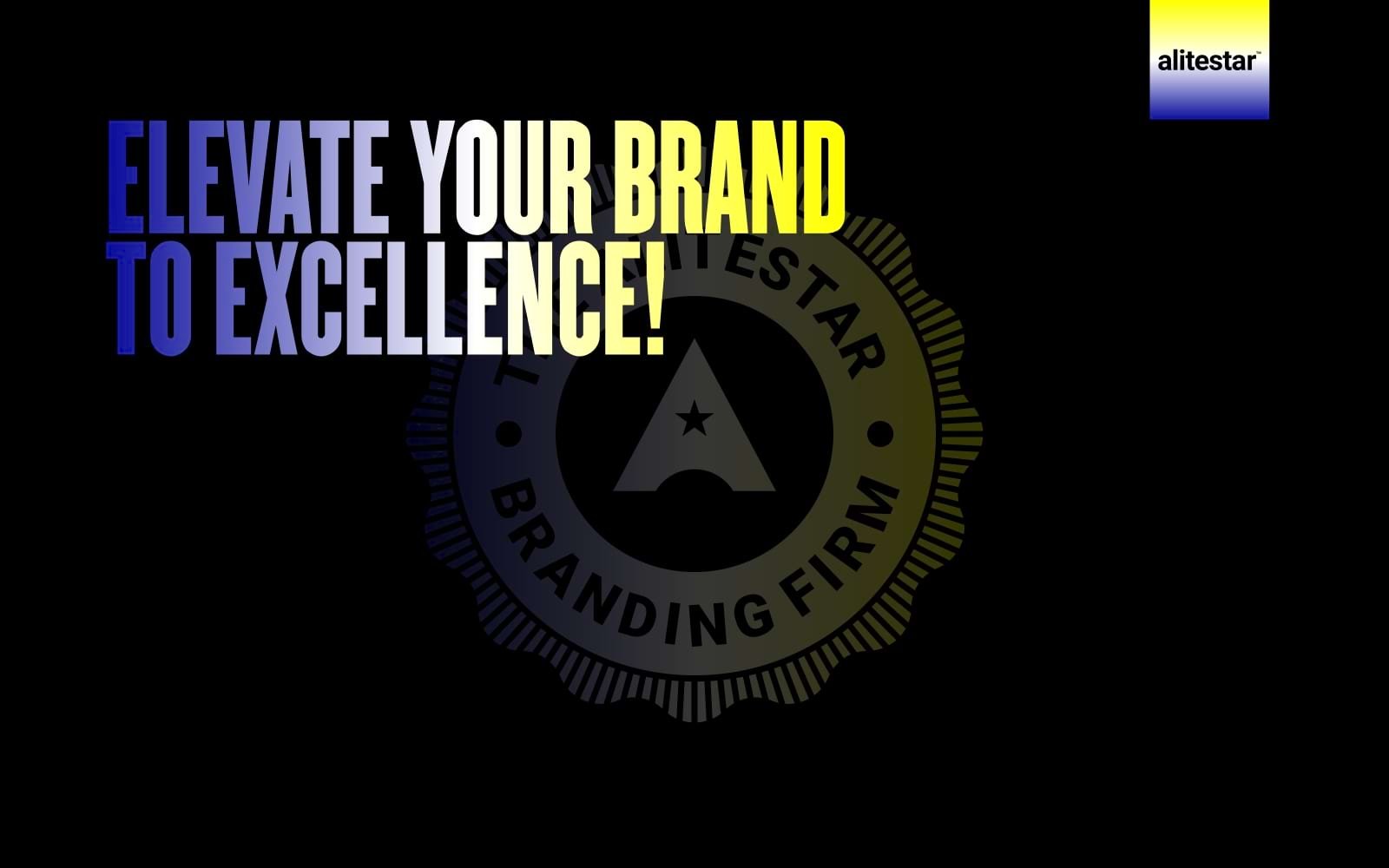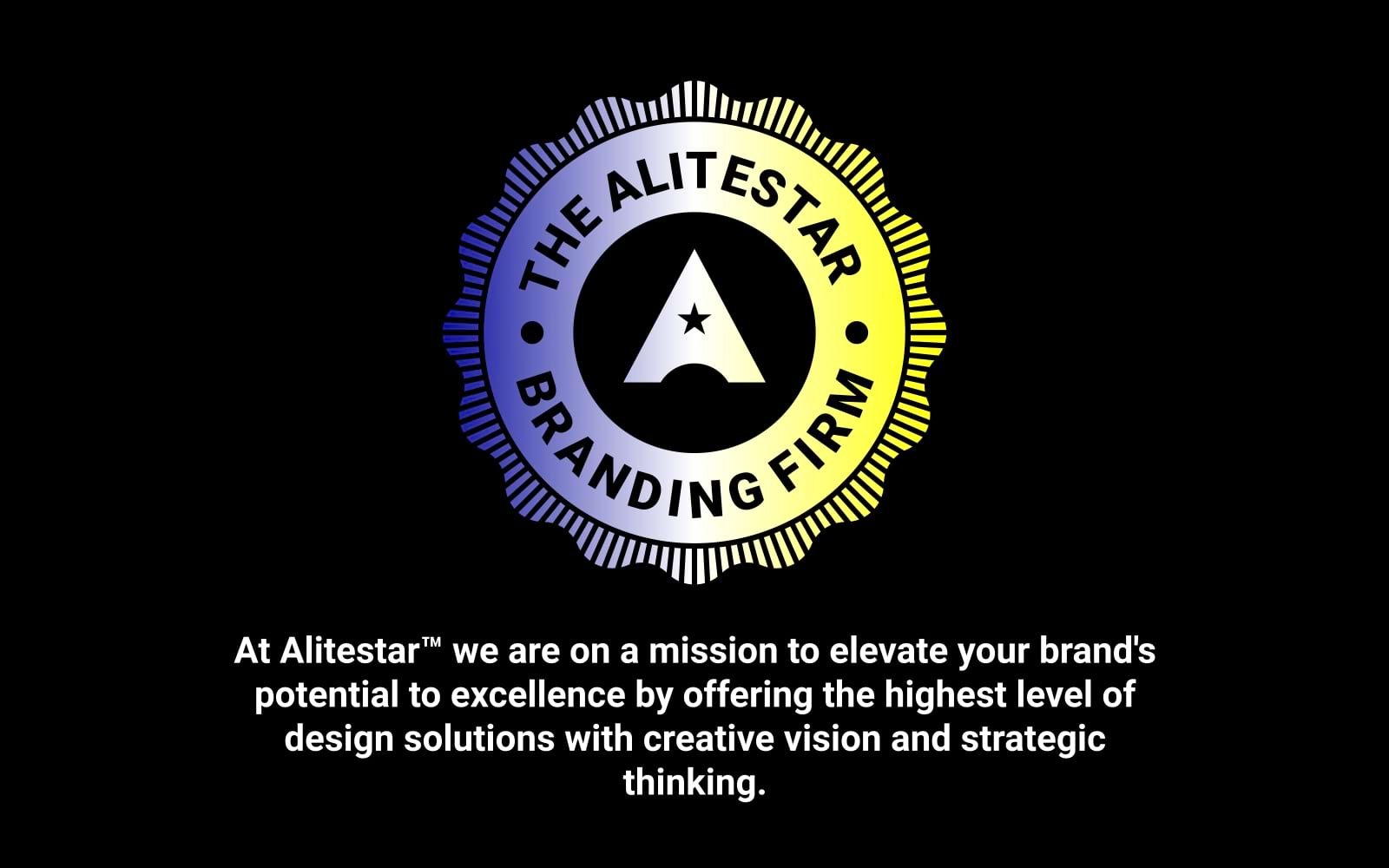Branding
The Ultimate Comprehensive Guide On How to Create Strong Brand Identity
09.02.2025
By Shaikh Asif

Branding
09.02.2025
By Shaikh Asif
In this comprehensive guide, we will walk you through all the things you need to know about brand identity, What is brand Identity? The elements of brand Identity? The essence of brand identity, why it is important, and finally how to build a strong brand identity that not only stands-out but also leaves a lasting impact.
Curious about:
How can my design skills make a brand truly unique?
What are the highs and lows of creating a brand’s look?
As an owner, is my brand’s story the one I want to be known for?
Can a solid brand identity really help my business grow?
By the end of this guide, you’ll have clear answers.
What Makes a Brand Special Brand Identity: It’s More Than Just a Name Think of brand identity as the personality of your business. It’s everything you are, all you believe in, and the promises you make to your customers. A strong brand identity stands out like a friendly face in a crowd—it’s instantly known and remembered.

Your brand identity is how your business talks. It’s the voice customers hear in your ads, your marketing, and even how you answer the phone. It’s a key tool for shaping how people see you and connecting with them on a deeper level. It’s where design, words, and values meet to leave a lasting mark on your customers’ minds.
Brand identity is the tangible expression of your company’s brand. It encompasses the visual and verbal elements that communicate your brand’s essence and values to the world. In simple words Brand identity is the visible elements of a brand, such as your brand logo which is a single most powerful tool for your business it’s like a face of your company and other visual elements that people can interact with such as your brand colors, typefaces, design, and other brand collaterals, that identify and distinguish the brand in consumers’ minds. It’s a promise to your customers—a promise that is different from your competitors’.
Brand identity is more than just a logo although a logo is a one of the core element of your brand Identity. it’s the emotional and psychological association that a person makes with your business. It’s what sets you apart from competitors and fosters loyalty among your customers.
The Anatomy of Brand Identity
The pillars of brand identity are multifaceted, each element pivotal in its own right:
Your brand name is the cornerstone of your brand identity. It should be memorable, easy to pronounce, and reflective of your brand's essence. Consider names that resonate with your target audience and convey the right message.
A brand mark or brand logo is a visual symbol that represents your brand. It should be simple, scalable, and easily recognizable. Think of iconic logos like Nike's swoosh or McDonald’s golden arches – they are instantly identifiable and encapsulate the brand’s identity.
Your brand’s mark or symbol, is a visual shorthand for your narrative. Delve into the seven types of logo design and the strategic selection for your venture.

Colors evoke emotions and play a significant role in brand perception. Choose a color palette that aligns with your brand's personality and appeals to your target audience. For example, blue often represents trust and professionalism, while red signifies excitement and passion. A spectrum that stirs emotions and conveys your brand’s spirit. While the psychology of color is profound, its strategic application is what influences business narratives.

The choice of typefaces and how they are used can significantly affect how a brand’s message is perceived. Typography should be legible and reflect the brand’s personality. Consistent use of typography enhances readability and strengthens brand recognition. Ensure your fonts reflect your brand's tone – a playful brand might opt for a whimsical font, while a luxury brand would choose something more elegant and refined.

Visual elements include the style of images, graphics, and videos you use. Consistent imagery that aligns with your brand’s identity reinforces recognition and helps create a cohesive brand experience.
Imagery: These are the visual storytelling elements—photos, illustrations, icons—that must echo your brand’s core.
Packaging: The design and materials used for packaging can reinforce the brand’s commitment to quality and its values, such as sustainability.

A tagline or slogan succinctly communicates your brand’s value proposition. It should be catchy, memorable, and encapsulate what your brand stands for. Nike’s “Just Do It” is a perfect example – it’s motivational and aligns perfectly with the brand’s athletic focus.
Your brand voice is the tone and style you use in your communications. Whether it's formal, casual, friendly, or authoritative, consistency is key. Your messaging should clearly convey your brand's values, mission, and vision, resonating with your target audience.
Brand Experience: Every interaction a customer has with a brand, from customer service to the retail environment, contributes to its identity.
Brand Promise: The commitment the brand makes to its customers, which should be delivered consistently through all brand experiences.
Brand Values: The core principles that guide a brand’s actions and decision-making process.
Your brand story is the narrative that encompasses the history, mission, and values of your brand. It humanizes your brand, making it more relatable and engaging for your audience. A compelling brand story can differentiate you from competitors and foster a deeper connection with your customers.
These elements, in concert, forge a distinctive brand identity that narrates your brand’s saga, resonates with your audience, and distinguishes you from the competition. When these elements are orchestrated in harmony, they culminate in a potent and indelible brand presence.
Brand identity is the tangible expression of your company’s brand. It encompasses the visual and verbal elements that communicate your brand’s essence and values to the world. Here’s how it impacts branding:

First Impressions Matter: A strong brand identity makes a memorable first impression. It’s often the first thing a potential customer will notice about your business, and it sets the tone for every interaction that follows.
Differentiation in the Market: In crowded markets, a distinctive brand identity can set you apart from competitors. It’s not just about being different; it’s about being strategically different in ways that matter to your target audience.
Consistency Builds Trust: Consistent use of visual elements and messaging across all platforms reinforces your brand’s reliability. When customers know what to expect from your brand, trust is built, which is essential for long-term relationships.
Emotional Resonance: A well-crafted brand identity can evoke emotions and create a personal connection with your audience. This emotional resonance can turn casual buyers into loyal brand advocates.
Brand Loyalty and Recognition: A recognizable brand identity fosters loyalty. Customers who identify with your brand are more likely to return and recommend your services to others.
Communication of Brand Values: Your brand identity is a powerful tool for communicating your brand’s values and mission. It’s not just what you say; it’s how you say it. The colors, typography, and imagery you choose can all convey meaning.
Enhances Advertising Effectiveness: Advertising campaigns are more effective when they’re aligned with a strong brand identity. It ensures that the message is clear and reinforces the brand’s position in the market.
Strategic Positioning: A strategic brand identity can position your company as a leader in your industry. It can convey innovation, quality, and expertise, attracting clients who are looking for premium services.
Facilitates Brand Extensions: A strong brand identity makes it easier to introduce new products or services. It provides a familiar framework that can be adapted to new offerings, making them instantly recognizable as part of your brand family.
By understanding and leveraging the impact of brand identity on branding, businesses can create a powerful and cohesive image that resonates with their target audience and drives growth.
In the realm of business, brand identity is the soul of a brand—a unique fingerprint that marks the essence of a company’s character and its promise to consumers. It’s the harmonious symphony of visual, verbal, and emotional cues that together, form the authentic narrative of a brand. This narrative is not just heard; it’s experienced, felt, and remembered, distinguishing a successful brand from an ordinary one.

Authenticity: A brand that stays true to its identity is perceived as genuine and trustworthy. Authenticity isn’t a marketing strategy; it’s a commitment to being real and transparent with your audience.
Consistency: Consistent messaging and visuals reinforce your brand’s identity, making it easily recognizable and reliable in the eyes of your customers.
Differentiation: A well-defined brand identity sets you apart from competitors, highlighting your unique selling propositions and the distinct value you offer.
Customer Connection: A strong brand identity resonates with customers, creating a sense of belonging and community around your brand.
Market Positioning: It positions your brand within the marketplace, signaling to consumers what they can expect from your products or services.
Brand Equity: Over time, a strong brand identity builds brand equity, increasing the perceived value of your brand and its offerings.
Emotional Connection: A compelling brand identity can evoke emotions, creating a profound connection with your audience.
Trust: When customers understand and relate to your brand identity, they’re more likely to trust your brand and become repeat customers.
Loyalty: A compelling brand identity fosters loyalty, turning customers into brand ambassadors who willingly share their positive experiences with others.
By emphasizing the importance of a strong and authentic brand identity aims to inspire businesses to invest in their brand’s narrative, ensuring it’s not only heard but also felt and embraced by their audience. It encourages readers to seek premium design services to craft a brand identity that truly represents their vision and resonates with their target market. Successful brands don't just sell products or services; they sell experiences and emotions. Create an emotional connection with your audience by telling a compelling brand story.
Crafting a compelling brand identity is a strategic endeavor that requires a deep dive into the brand’s core values and audience insights. It’s about creating a comprehensive brand strategy that aligns with the business goals and resonates with the target market.
In the journey of crafting a standout brand, the ultimate brand identity design process plays a pivotal role, intertwining strategic brand development like ‘consumer-centric brand creation’ and ‘innovative brand differentiation’. It’s a thorough strategy that delves into the brand’s core, leveraging insights to develop a distinctive brand personality that captivates and engages. This process is not a mere step but a comprehensive blueprint for building a brand that’s not only recognized but also revered in the competitive market.”
Brand identity is the unique set of visual and verbal elements that define a brand’s outward expression and differentiate it from its competitors.
A strong brand identity is the foundation of your branding strategy, influencing how customers perceive your brand and driving recognition and loyalty.
The key elements include the logo, color palette, typography, imagery, voice and tone, packaging, and the overall brand experience.
Brand identity is crucial as it communicates your brand’s values, attracts your target audience, and creates a memorable image that sets you apart in the market.
It involves a strategic approach that includes research, understanding the brand’s essence, creating visual elements, and applying them consistently across all touchpoints.


Shaikh Asif is an Award-winning designer, director, strategist, and educator. He’s the Lead Strategic Brand Designer and Art Director of The Alitestar— a strategic branding and design agency that helps startups, ambitious CEOs, and passionate entrepreneurs to achieve success and ultimately create unforgettable brand experiences.